EXAM CODES 220-1101 & 220-1102
CompTIA A+ is the industry standard for launching IT careers into today’s digital world.
This course will provide two certifications.
Performance testing proves pros can think on their feet to perform critical IT support tasks.
CompTIA A+ identifies the go-to person in end point management and technical support roles.
CompTIA A+ appears in more tech support job listings than any other IT credential.
The CompTIA A+ Core Series requires candidates to pass two exams: Core 1 (220-1101) and Core 2 (220-1102) covering the following new content, emphasizing the technologies and skills IT pros need to support a hybrid workforce:
- Increased reliance on SaaS applications for remote work
- How to remotely diagnose and correct common software, hardware or connectivity problems
- Evolving core technologies from cloud virtualization and IoT device security to data management and scripting
- Multiple operating systems, when to use them and how to keep them running properly
- Reflects the changing nature of the job, including how to assess if it’s best to fix something on site, or send it to a specialized provider
CompTIA A+ is compliant with ISO 17024 standards and approved by the U.S. DoD to meet Directive 8140.03M requirements. Regulators and governments rely on ANSI accreditation because it provides confidence and trust in the outputs of an accredited program. Over 3 million CompTIA ISO/ANSI-accredited exams have been delivered since January 1, 2011.
What Skills Will You Learn?
Hardware
Identifying, using and connecting hardware components and devices, including the broad knowledge about different devices that is now necessary to support the remote workforce
Operating Systems
Install and support Windows OS including command line and client support, system configuration imaging and troubleshooting for Mac OS, Chrome OS, Android and Linux OS
Software Troubleshooting
Troubleshoot PC and mobile device issues including common OS, malware and security issues
Networking
Explain types of networks and connections including TCP/IP, WIFI and SOHO
Troubleshooting
Troubleshoot real-world device and network issues quickly and efficiently
Security
Identify and protect against security vulnerabilities for devices and their network connections
Mobile Devices
Install and configure laptops and other mobile devices and support applications to ensure connectivity for end users
Virtualization and Cloud Computing
Compare and contrast cloud computing concepts and set up client-side virtualization
Operational Procedures
Follow best practices for safety, environmental impacts, and communication and professionalism
Jobs You Can Land With CompTIA A+
Organizations That Recommend or Require CompTIA A+

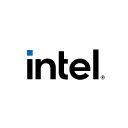

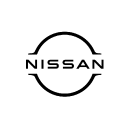
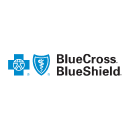
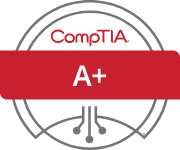
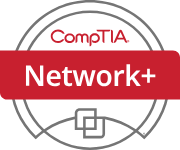

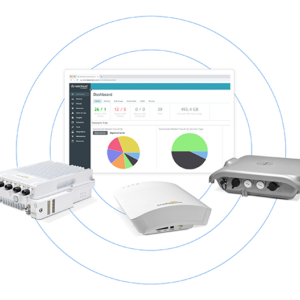
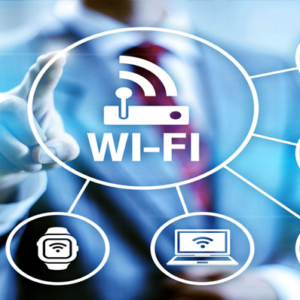
Reviews
There are no reviews yet.